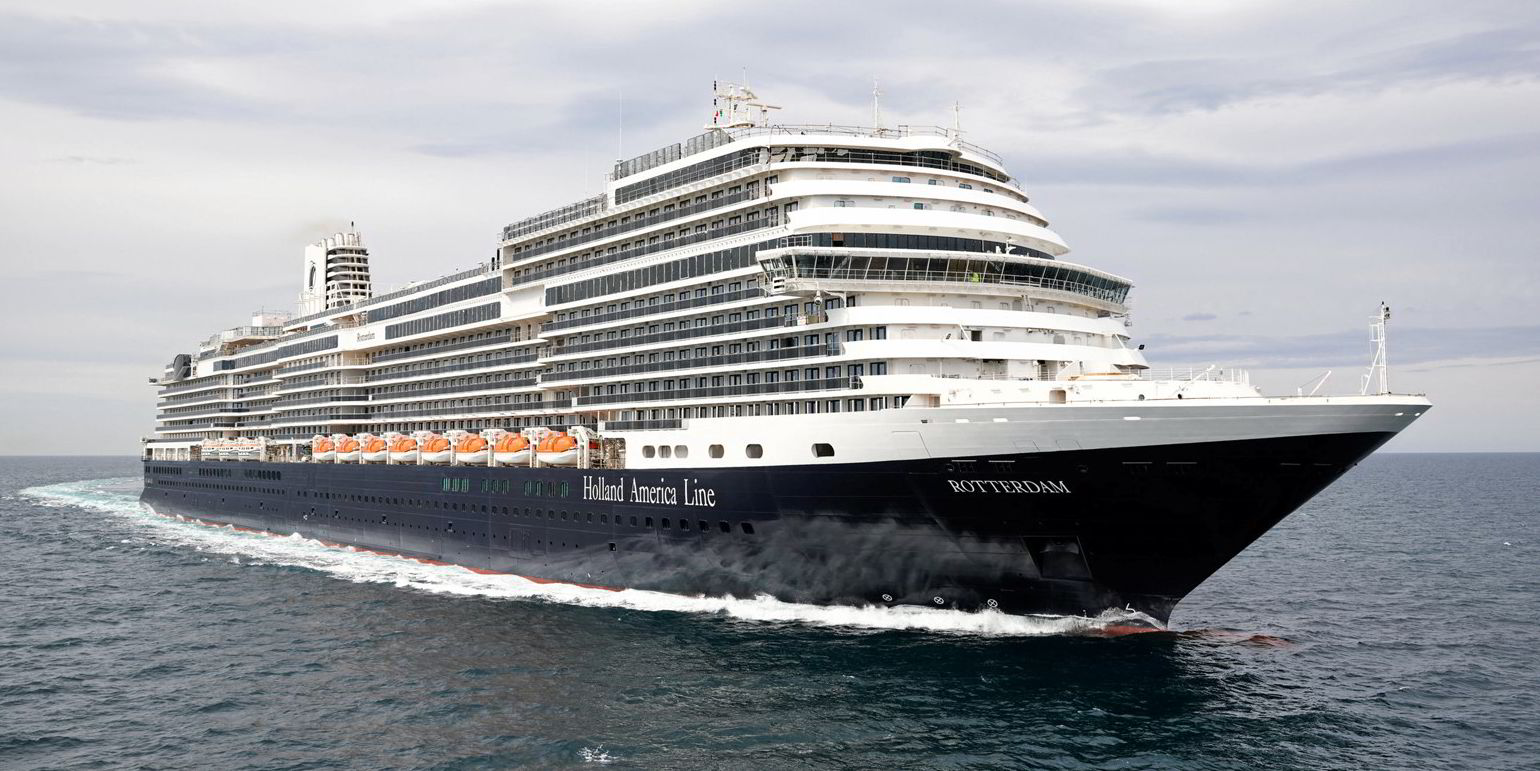Norwegian Cruise Line Holdings is doggedly pursuing a “Great Cruise Comeback” after suffering through two full years of staggering financial losses during the pandemic.
The New York-listed owner of 28 vessels posted a $1.6bn net loss for the fourth quarter on Thursday, versus a $700,000 deficit a year ago — its eighth straight quarterly loss since Covid-19 shut down the cruise industry in early 2020.
Norwegian reported an adjusted net loss of $765m for the quarter against an adjusted deficit of $684m for the same three months of 2020.
These figures translated into a $1.95 loss per share, missing analysts’ estimates of a $1.60 figure but improving upon a year-ago loss per share of $2.33.
Despite these negative results and total debt that stands at $12.4bn, the Miami-based cruise major is persistently returning its fleet back to service.
“We launched our Great Cruise Comeback in late July 2021 and in five short months, the teams at Norwegian Cruise Line, Oceania Cruises and Regent Seven Seas Cruises have restarted operations on 75% of our capacity, safely carrying over 230,000 guests and delivering the unique vacation experiences that our award-winning cruise brands are famous for,” chief executive Frank Del Rio said.
“These last few months have also had their share of challenges caused by the impacts from the Delta and Omicron Covid surges, but despite these challenges, which were mostly out of our control, our booked position and pricing remain strong, particularly for the second half of 2022 and into 2023, demonstrating the strong fundamental demand for our cruise offerings.”
Norwegian, which plans to return its fleet to full sailing in the next quarter, had $1.8bn in advance ticket sales as of 31 December, but $1.1bn of that came from future cruise credits and past voyages.
It also faced a monthly cash burn rate of $345m for the fourth quarter that is expected to grow to $390m per month on average during this quarter as it brings more ships into service.
For the full year, Norwegian reported a net loss of $4.5bn against a $4bn net loss for 2020.
It posted a $2.9bn adjusted loss for 2021 versus a $2.2bn deficit the previous year due to revenue falling to $600m from $1.3bn in 2020 because voyages were suspended from March 2020 to July 2021, then relaunched at reduced capacity.




